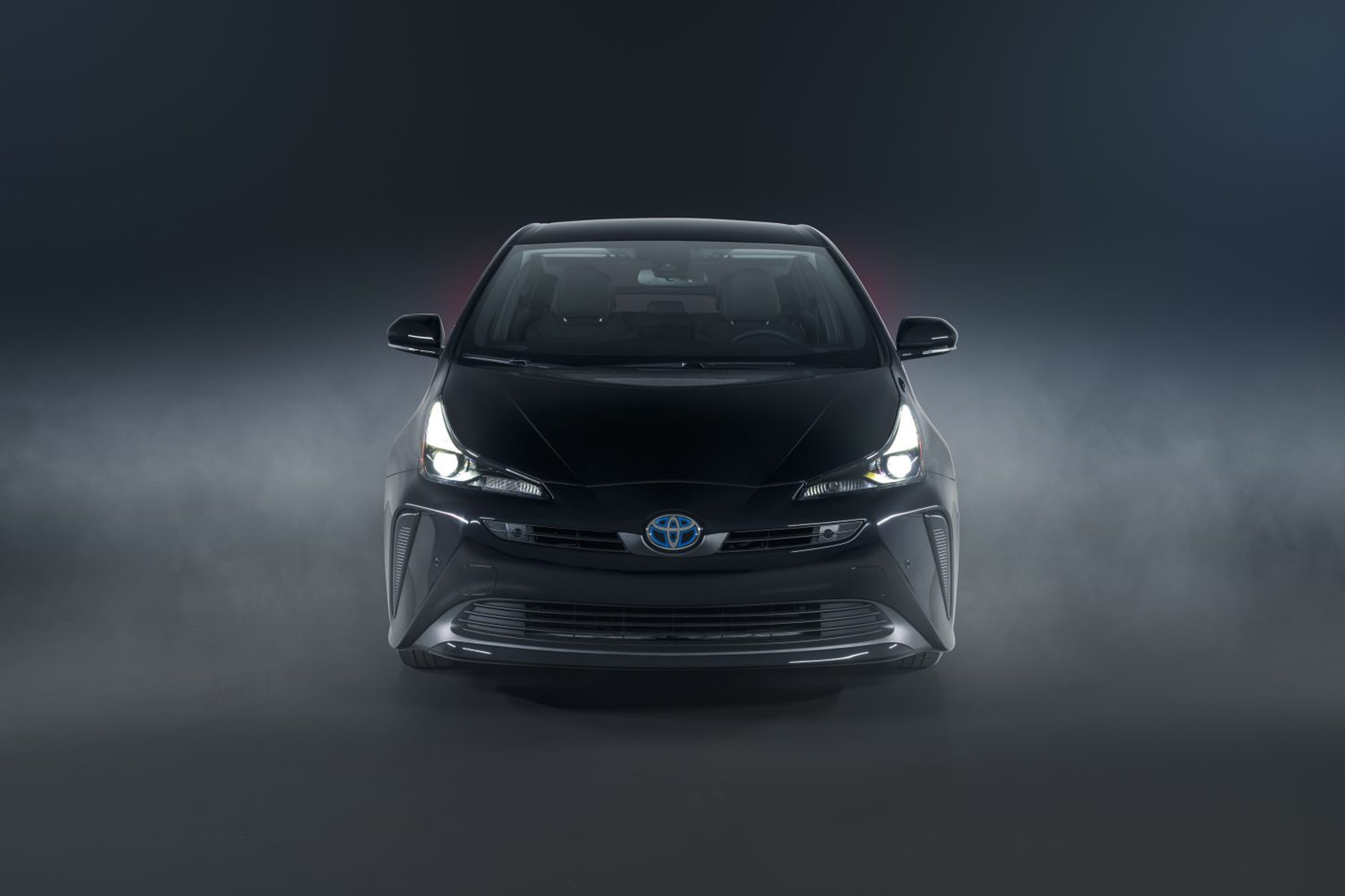What Is a Hybrid Car, and How Does It Work?
Combining a gas engine and an electric motor can improve the fuel economy of a car, truck, or SUV.
 Toyota
Toyota
Hybrid vehicles have existed for more than a century, but modern versions all have the Toyota Prius to thank for popularizing the technology in the 2000s. These days, this fuel-saving feature is offered in a wide variety of vehicles, including the Ford F-150 pickup, the Honda CR-V compact crossover, and the Toyota Highlander mid-size SUV. Shoppers looking for a fuel-efficient vehicle that won’t break their budget may want to consider a hybrid as a less-expensive alternative to plug-in hybrids and electric cars.
What Is a Hybrid Car?
Hybrid cars combine a gas-fueled engine with one or more electric motors powered by a battery. These two power sources work together to increase a vehicle’s fuel economy. A regular hybrid never needs to be plugged in, but it can only drive short distances and at low speeds on electric power alone.
Unlike plug-in hybrids or electric vehicles (EVs), battery size doesn’t affect performance of a hybrid. A hybrid battery typically stores between one and two kilowatt-hours of electricity (some EV batteries store more than 100 kilowatt-hours) — just enough to provide a buffer as the vehicle constantly discharges and recharges the battery. This small battery is key to keeping the cost in check.
How Does a Hybrid Car Work?
Hybrid cars save fuel primarily by improving a gas engine’s efficiency under acceleration, when coasting, decelerating, and idling. Because the vehicle has a secondary power source, a hybrid can be equipped with a less powerful, more efficient gas engine than a traditional vehicle. These engines typically operate on what’s known as the Atkinson cycle, which reduces the energy losses involved with pumping air into the engine at the expense of power and torque. Under acceleration, the electric motor compensates for the engine’s reduced performance by providing supplemental torque.
A hybrid’s second fuel-saving trick is called regenerative braking. In a normal gas-powered car, as you slow down, any energy used to bring the vehicle to a stop is turned into heat and essentially wasted. On a hybrid vehicle, an electric motor acts as a generator as the vehicle decelerates, turning the energy of the vehicle in motion into electricity and storing it in the battery for later use.
Hybrids can also shut off the gas engine while coasting or stopped at traffic lights to save fuel. Many nonhybrid gas-powered cars are equipped with similar auto stop/start technology, but they generally shut the engine down for shorter periods of time.
Is a Hybrid Car Worth the Cost?
Several automakers now offer hybrid options for around $1,000 to $2,500 more than the non-hybrid option and can improve fuel economy by about 10 to 30%. For example, an all-wheel-drive Toyota RAV4 LE averages 30 mpg in the EPA’s combined city/highway cycle, while the comparable RAV4 Hybrid costs $1,150 more and is rated at 40 mpg. Over 15,000 miles and with gas at $4 per gallon, the hybrid saves $500. After roughly 35,000 miles of driving, the hybrid will cover the initial price premium with fuel savings.
Hybrids work best in suburban and city traffic where the vehicle slows down, stops, and accelerates regularly. While gas vehicles generally are more efficient driving long distances at high speeds, a hybrid’s fuel economy will decline on long highway trips. A hybrid should, however, still deliver better mpg than a conventional gas vehicle, all other conditions being equal.
Written by humans.
Edited by humans.
 Roberto Baldwin
Roberto BaldwinRoberto Baldwin is an automotive and technology reporter based in Northern California. In addition to traditional car coverage, he has focused on the emergence of electric vehicles and driver assistance features in vehicles and the eventual launch of autonomous vehicles. Over the past seven years he’s sat in more autonomous test vehicles than he can remember but still reminds the average driver to keep their eyes on the road. He currently owns a Subaru BRZ, Hyundai Kona Electric, and a Vespa GTS 250.
Related articles
View more related articles